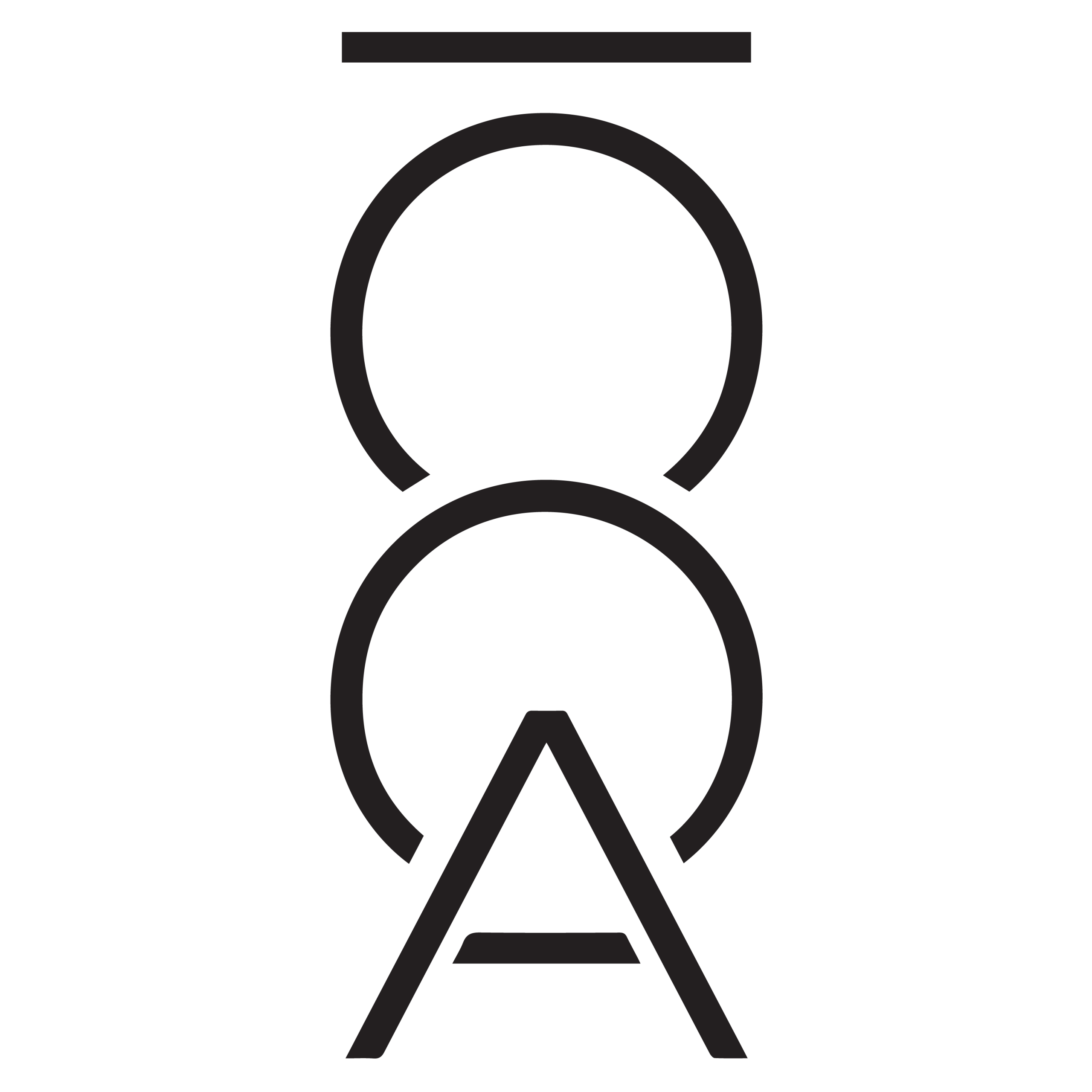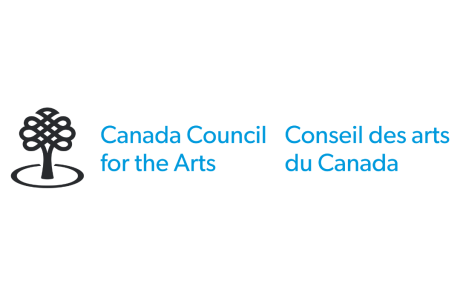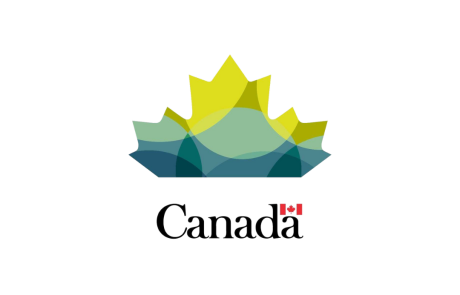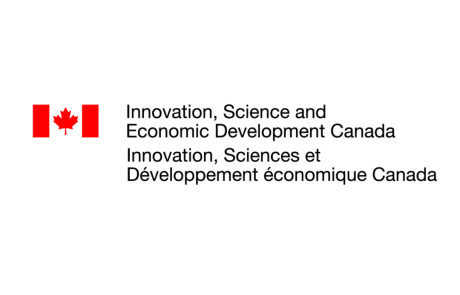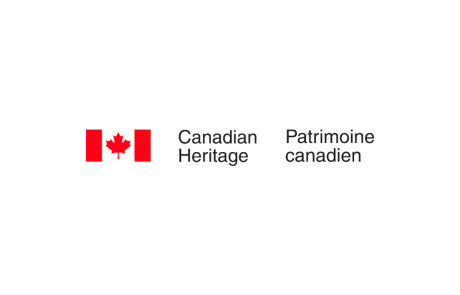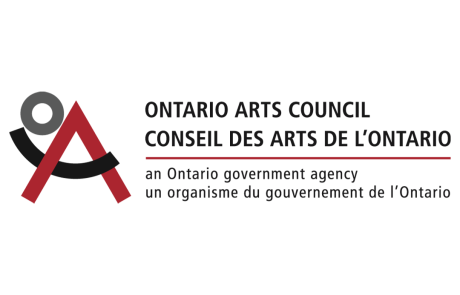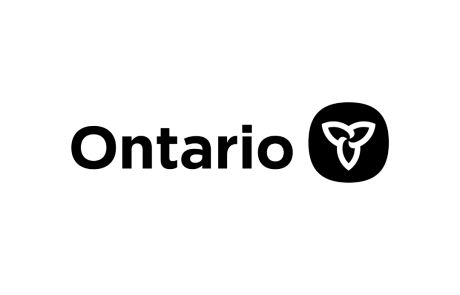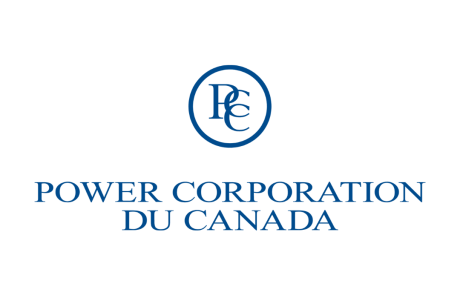All That I Know
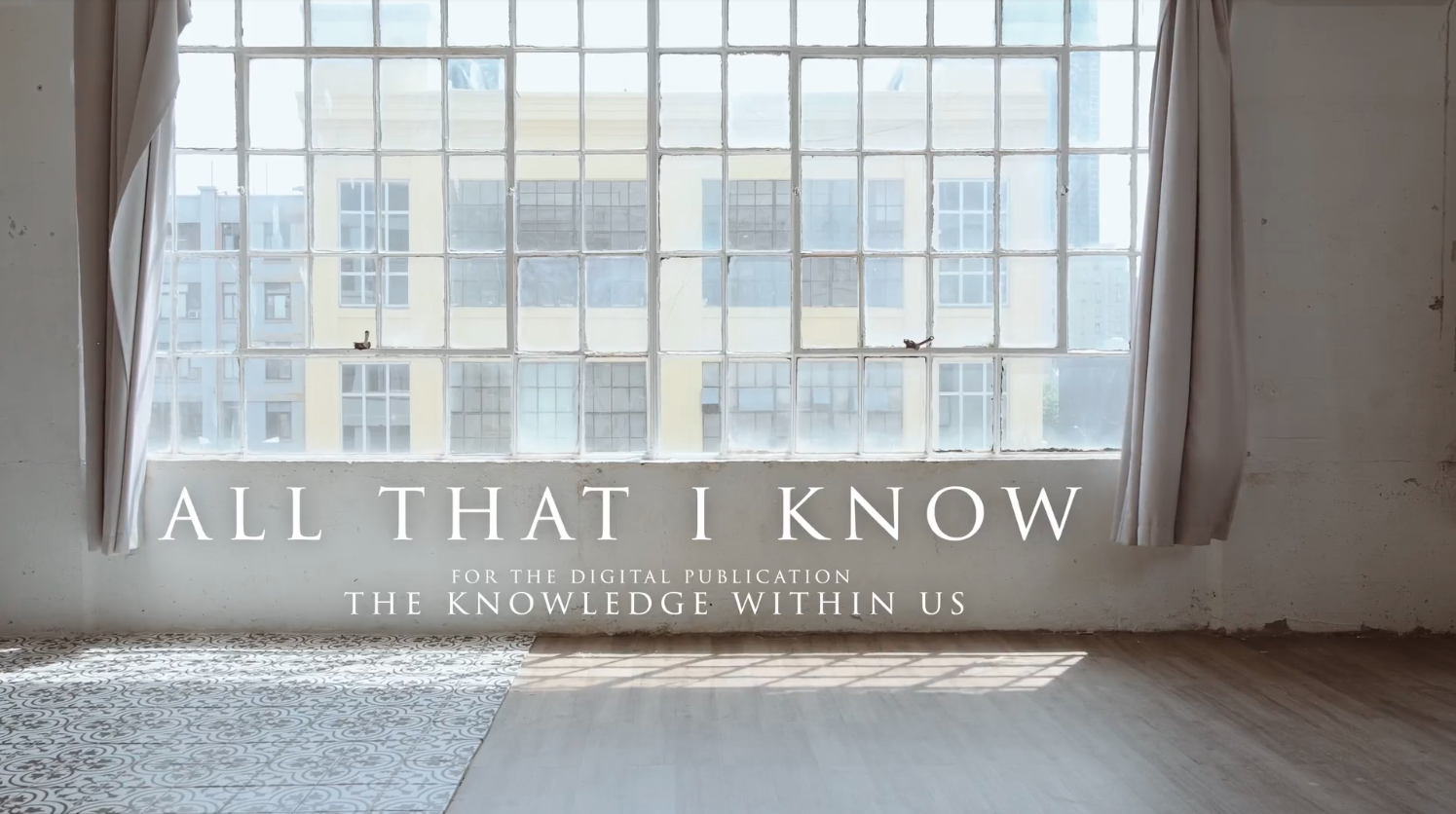
Commissioned for the ACC/CCA’s Knowledge Within Us digital publication.
Knowledge is the possession of informational wealth. Knowledge is a gateway for growth and betterment. Knowledge is expansive. Knowledge is invaluable. Knowledge is the birth of consciousness. Knowledge is liberation. Knowledge is ancestral. Knowledge is Divine.
When discussing the embodiment of knowledge, we find that it is inherently present within the physical framework of our composite identities; simply put, the human body is an archive housing our most antiquated and primordial instincts while also digesting the daily intake of information that we encounter. From the study of Epigenetics and hereditary trauma to Indigenous Eastern beliefs of information being held in specific vectors of the body, there is an overall consensus of how intricately we store data within ourselves. This makes the embodiment of knowledge readily available by connecting to one’s own physical entity. Subsequently, the relationship to knowledge is in fact a reflection of relationship to self. I relate to knowledge by using my body as a median; holding all that is learned and receiving all that is to come. In order to relate with the information one has obtained, a connection to self-identification must be present. We as humans, who possess cognitive adaptability, are a summation of our experiences, circumstances, and interactions; who we are {speaking in terms of what we’ve observed, digested, and internalized} is what we know and what we know is who we are. One cannot not separate themselves from the knowledge that they’ve obtained for it is woven into the very structure of self creating the foundations of one’s beliefs, customs, and traditions; in other words, our identity.
In establishing this relationship to knowledge and its integral role to identity, I personally begin to reflect on how this wealth can be distributed. The sharing of knowledge and information can be expressed in a multitude of ways, one of which being physically— body to body. As a movement artist, I owe my mentors and elders the recognition of all that I know whether it be social movements, cultural techniques, or the practicing of medicinal mobility. An individual could learn these practices from the reading of literature or verbal instruction but movement is a long- lived convention of expression taught from body to body, generation to generation. Revisiting the notion that knowledge is housed within the physical body, what better way to share, show, and personify knowledge than by using one’s own entity. Through this somatic practice we begin to understand the depth of information, both learned and intuitive, contained within. Because of this, I express my knowledge within my communities by teaching; illustrating the evocative nature of movement, giving others an opportunity to connect and adhere to their own unique sense of knowledge.
In the presentation of my submission to this publication, I chose a movement based narrative exploring the previously mentioned themes. Instead of approaching this work from a traditional choreographic process, I decided to film raw improvisational movement; a physical investigation of sorts to subsequently deconstruct and then generate GIF like images in order to form a fully choreographed score. This film is a journey to connection. Knowledge is liberation and through the movement displayed I seek freedom.
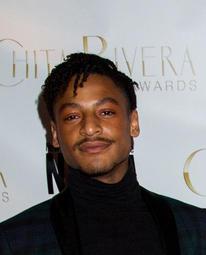 Brendan Henderson, presenting under the assumed name AUGUST, is a New York based movement artist and writer. Their work is strongly rooted in the narrative of Identity and it’s multidimensional nature. Living at the intersection of their own marginalized facets as a Black/Indigenous, queer, transfemme body, each piece chooses to uplift and explore the accounts of systemically oppressed voices. The body of information presented by AUGUST is an introspective expedition into the complexities of identity, the many roles it may assume, and the societal implications they endure in a post-colonial environment under white, cis-heteronormative rhetoric. The work will forever and always be a means of honoring and continuing the work of our ancestors and all those who have fought for us; before and after our time.
Brendan Henderson, presenting under the assumed name AUGUST, is a New York based movement artist and writer. Their work is strongly rooted in the narrative of Identity and it’s multidimensional nature. Living at the intersection of their own marginalized facets as a Black/Indigenous, queer, transfemme body, each piece chooses to uplift and explore the accounts of systemically oppressed voices. The body of information presented by AUGUST is an introspective expedition into the complexities of identity, the many roles it may assume, and the societal implications they endure in a post-colonial environment under white, cis-heteronormative rhetoric. The work will forever and always be a means of honoring and continuing the work of our ancestors and all those who have fought for us; before and after our time.

